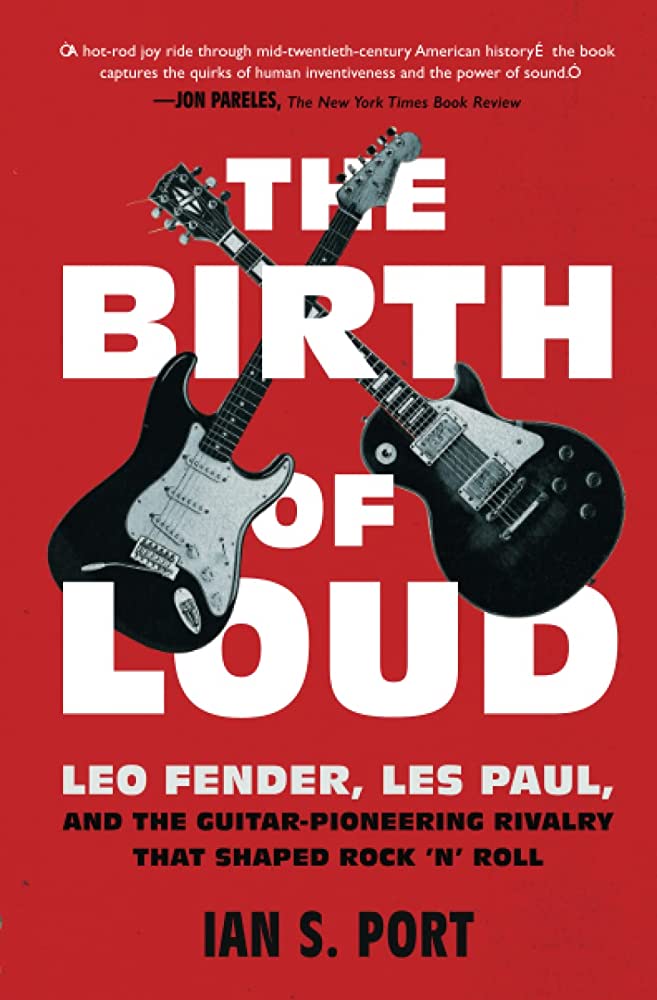Jazz and blues are two of America’s most popular music genres, but they are fundamentally different in terms of sound, structure, and style. Jazz is associated with improvisation, swing, and complex rhythms, while blues is recognized for its soulful sound, 12-bar structure, and expressive lyrics. Jazz has a wider range of instruments and a more flexible structure, with complex harmonies and frequent key changes. Blues is simpler, with fewer instruments and a slower tempo, but it has a more emotional focus on lyrics. Both genres have had a profound influence on modern music and African American culture.
The Age-Old Rivalry: Jazz vs. Blues
There has always been a heated debate between jazz and blues, which are two of the most popular music genres in the world. Although both jazz and blues are born in America, they are very different from each other. Jazz is often associated with improvisation, swing, and complex rhythms, while blues are recognized for their soulful sound, 12-bar structure, and expressive lyrics. Let’s dive deep into the two genres and explore their fundamental differences.
Origin and History
Jazz and blues emerged in the late 19th century in the Southern United States. Jazz originated in New Orleans, Louisiana, and was heavily influenced by African American, Creole, and European music. It gradually evolved into swing during the 1920s and bebop in the 1940s. Blues, on the other hand, was developed in the rural Mississippi Delta by African Americans who sang about their sorrows and struggles. By the 1910s, blues started to gain popularity in the urban areas and spread across the country.
Instruments and Sound
The sound of jazz is often characterized by a wide range of instruments, including saxophone, trumpet, trombone, piano, and drums. Since improvisation is a crucial element of jazz, musicians take turns to play solo and showcase their virtuosity. Jazz sound is also recognizable by its syncopated rhythms, swing feel, and use of dissonance. Blues, on the other hand, is simpler, with fewer instruments such as guitar, harmonica, and piano, and a straightforward 12-bar chord progression. The blues sound is often defined by the lyrics, which express deep emotions such as heartache, loneliness, and despair.
Structure and Style
The structure of jazz music is more flexible than blues, with frequent key changes, chord substitutions, and modulations. Jazz often uses complex harmonies, and musicians are expected to improvise and create melodies that fit the chord changes. Jazz is also known for its upbeat, lively style that encourages dancing and swing. In contrast, blues have a slower tempo, a repetitive 12-bar structure, and a call-and-response pattern between the vocalist and the instrumentalist. Blues is typically more focused on the lyrics and the emotions they convey.
Influence and Legacy
Jazz and blues have both had a profound impact on modern music genres such as rock, R&B, and hip hop. Jazz has influenced the development of bebop, cool jazz, fusion, and free jazz, and has produced legendary musicians like Charlie Parker, Duke Ellington, and Miles Davis. Blues has inspired numerous guitarists, including B.B. King, Eric Clapton, and Jimi Hendrix, and has given rise to sub-genres like Chicago blues, Delta blues, and electric blues. Jazz and blues are also recognized for their contribution to African American culture and identity.
Conclusion
In conclusion, jazz and blues may share some similarities in their origin and cultural significance, but they are fundamentally different in terms of sound, structure, and style. While jazz is more improvisational and unpredictable, blues is more emotional and straightforward. Jazz is characterized by its complex rhythms, numerous instruments, and upbeat style, while blues is marked by its soulful sound, repetitive structure, and expressive lyrics. Ultimately, it is up to the listener to decide which genre they prefer, but one thing is for sure – jazz and blues will continue to captivate audiences and inspire musicians for generations to come.
